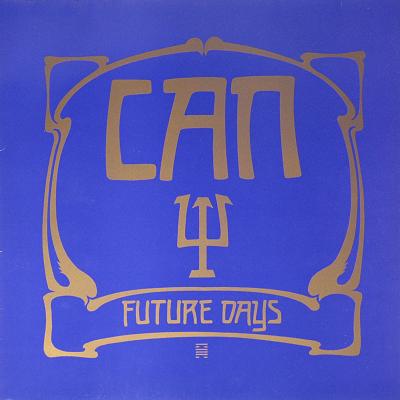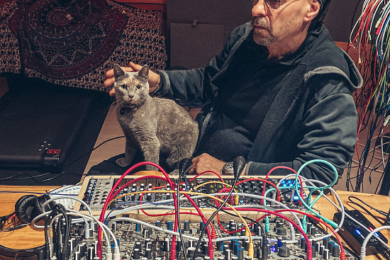4. CanFuture Days

It’s super groovy, obviously. By the time I discovered this record, I had been listening to a lot of American jazz-rock, which also has its groove: Weather Report, Herbie Hancock, Grover Washington, loads of things, so I was familiar with deep grooves. But obviously, it’s super-experimental. It’s not just the groove but it’s the ambient soundscape that they paint around the groove. I’m showing that I must be a bit of a softie, I’m not as hardcore perhaps as I could be, but it’s very accessible. Obviously, I own the entire Can catalogue on multiple formats. But this is probably my favorite, which is one of the reasons that I chose it.
When I discovered it, which was in the early ’80s, it was the kind of record I could play when friends were over. Time and again, musician friends would say, "This is amazing. What is it?" One of my dear friends and great colleague said that about two or three times because he didn’t know the record at that point, and he said, "Oh of course, it’s Future Days again." Every time, it gets you. And I do love longform. The B side, ‘Bel Air,’ that works for me, in the way that Stimmung is a longform piece.


